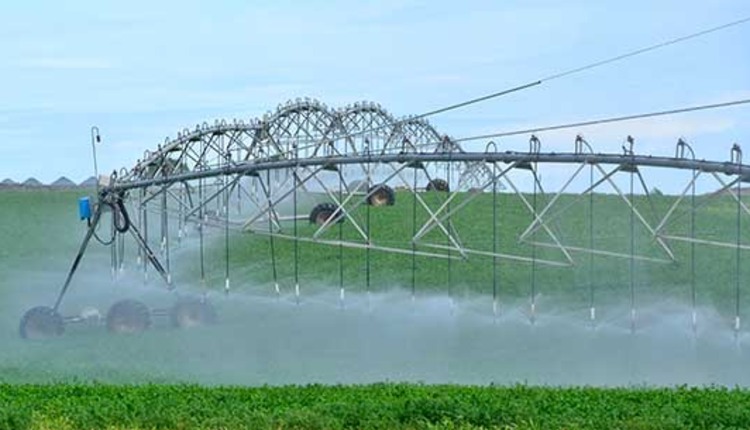Keys to effective alfalfa irrigation |
| By Hay and Forage Grower |
|
|
 "Alfalfa is actually a difficult crop to irrigate," noted Steve Orloff, University of California farm adviser for Siskiyou County. At an Alfalfa Irrigation Workshop held prior to the Western Alfalfa & Forage Symposium in Reno, Nev., last week, Orloff said that full potential ET (evapotranspiration) is needed for maximum alfalfa yield. Further, the response is linear. Because alfalfa needs to be cut frequently, and irrigation isn't possible immediately before and after harvest, there are significant stretches when alfalfa can't be irrigated. This makes it difficult to obtain maximum yields unless your irrigation system is designed to maintain adequate soil water reserves through the harvest period. Orloff offered these key points for effective alfalfa irrigation management:
|
